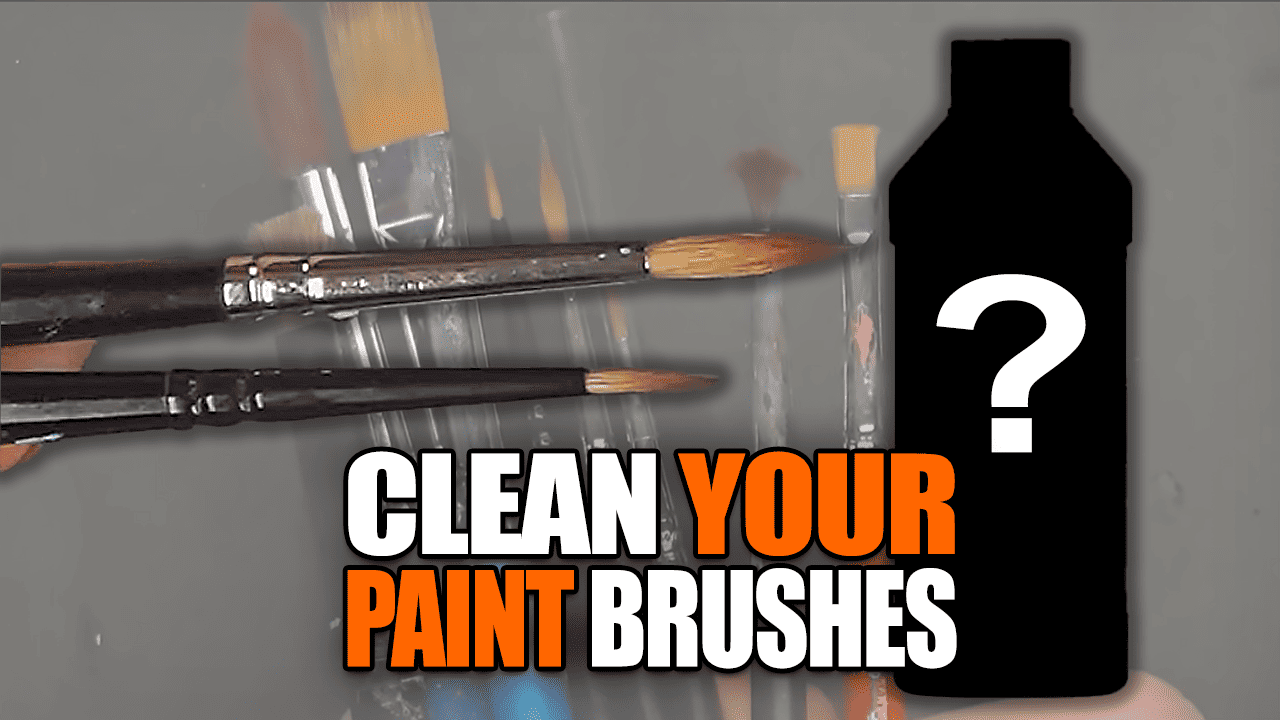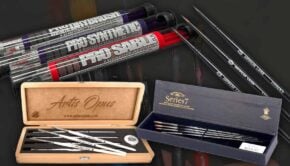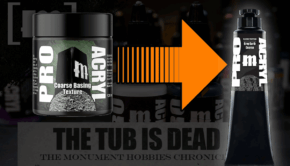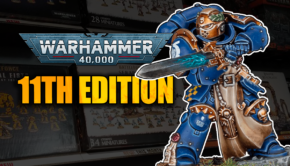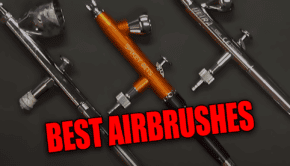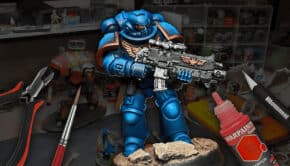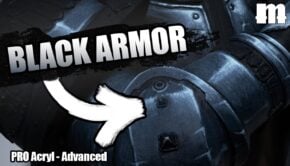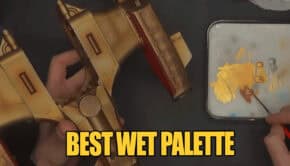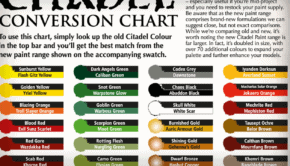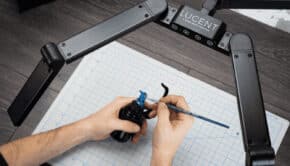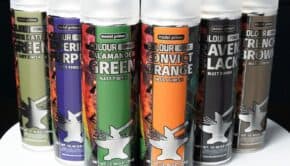Painting Tabletop Miniatures Articles, News & Updates
Whether you’re aiming for table-ready troops or competition-worthy masterpieces, this is your go-to spot for all things miniature painting.
It’s time to bring those gray plastic warriors to life!
From color theory and brush control to shading, highlights, and advanced weathering techniques, we’ve got the guides, tips, and product recommendations to level up your painting game.
Most Popular:
- How To Paint Miniatures
- Best Paints For Miniatures
- Conversion Charts for All the Popular Paints
- Best Hobby Tools You Need
- Discounts on Hundreds of Hobby Products & Companies!
- New Release Roadmap For Warhammer 40k
- Warhammer 40k Factions Explained: Army Playstyles Guide
Need to get an army painted fast? Looking to push your skills with blending, non-metallic metals, or freehand designs? No worries—we break it all down, step by step, so you can get your minis looking their absolute best.
So grab your brushes, shake that paint pot (with the lid on!), and let’s make some minis look amazing!
